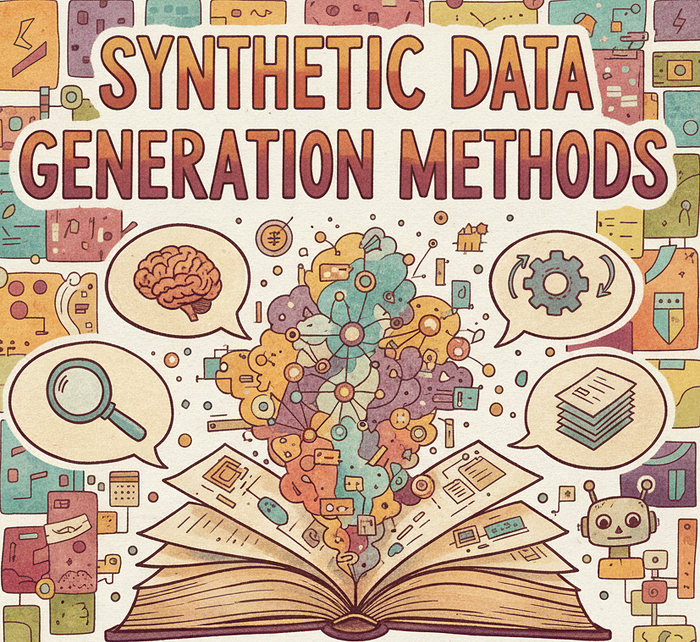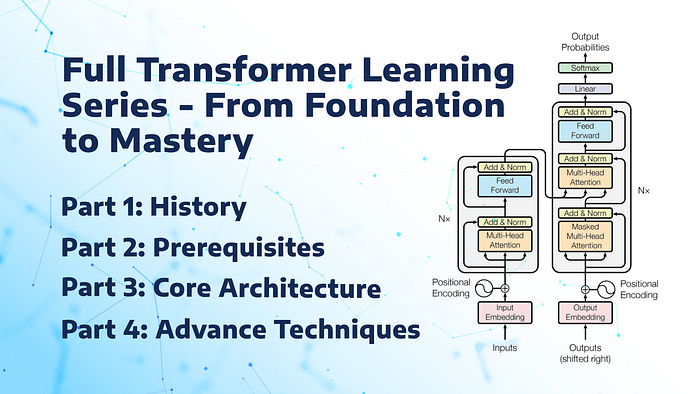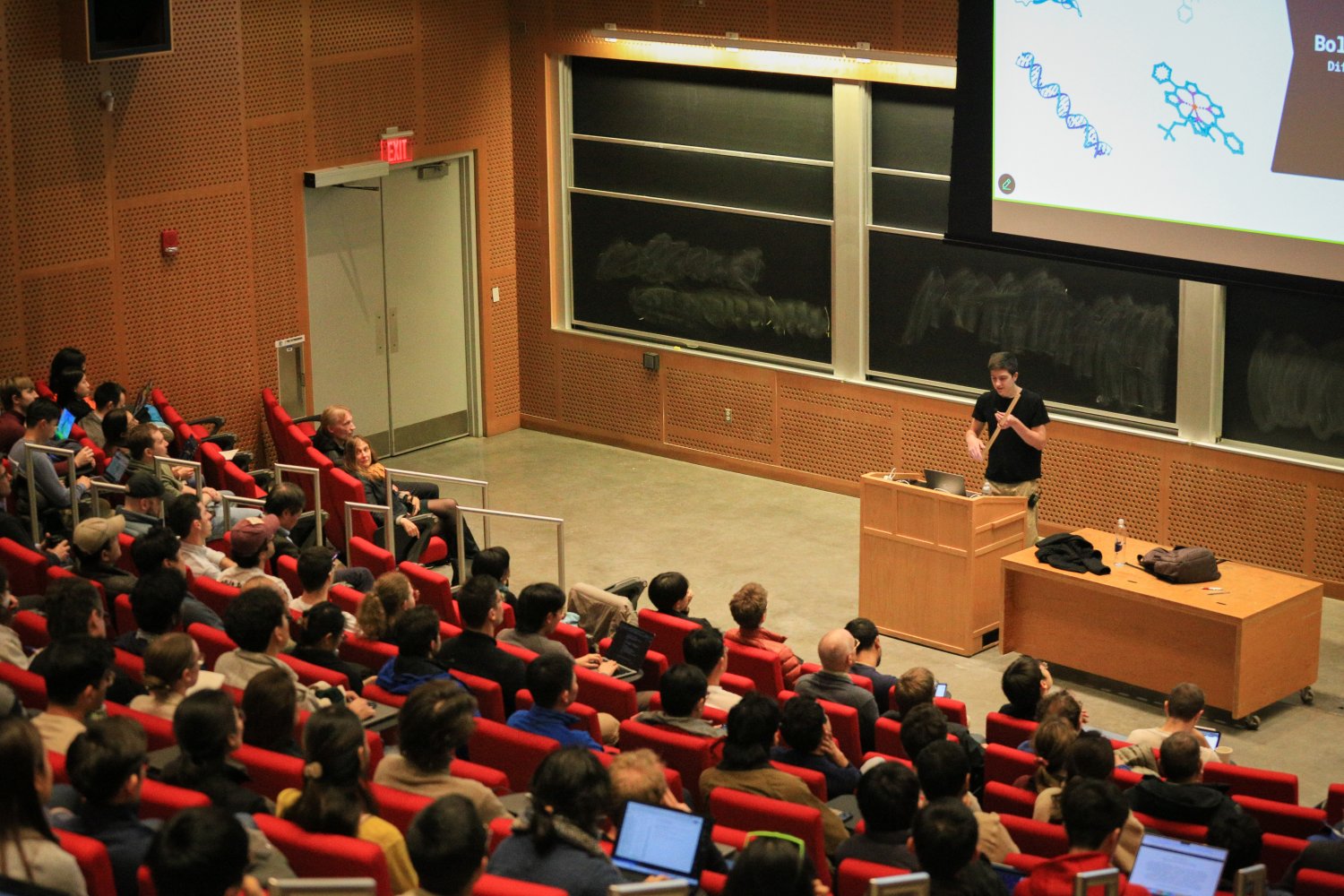Introduction to Synthetic Data Generation
The field of artificial intelligence (AI) is rapidly evolving, with large language models (LLMs) becoming increasingly bigger and more capable. However, there is a growing challenge in obtaining high-quality data to train these models. This scarcity of data has led to the exploration of synthetic data as a promising solution.
The Challenge of Obtaining High-Quality Data
While LLMs have the potential to revolutionize various industries, the lack of high-quality data hinders their development. The process of collecting and labeling data is time-consuming and expensive, making it difficult for researchers and engineers to access the data they need. This is where synthetic data generation comes in – a method that involves creating artificial data that mimics real-world data.
Methods for Generating Synthetic Data
There are several methods for generating synthetic data, including:
- Self-instruction: This method involves training a model on a task and then using the model to generate new data.
- Distillation from larger models: This method involves transferring knowledge from a larger model to a smaller model, which can then be used to generate synthetic data.
- Rule-based generation: This method involves using pre-defined rules to generate synthetic data.
Challenges and Limitations of Synthetic Data
While synthetic data generation has the potential to revolutionize the field of AI, there are several challenges and limitations associated with it. These include:
- Model collapse: This occurs when a model becomes too specialized in generating synthetic data and loses its ability to generalize to real-world data.
- Bias amplification: This occurs when a model amplifies existing biases in the data, leading to unfair or discriminatory outcomes.
Real-World Applications of Synthetic Data
Despite the challenges and limitations, synthetic data generation has numerous real-world applications across various industries. These include:
- Healthcare: Synthetic data can be used to generate artificial medical records, allowing researchers to develop and test new treatments without compromising patient confidentiality.
- Finance: Synthetic data can be used to generate artificial financial transactions, allowing researchers to develop and test new financial models without compromising sensitive information.
- Education: Synthetic data can be used to generate artificial student data, allowing researchers to develop and test new educational models without compromising student confidentiality.
Conclusion
Synthetic data generation is a promising solution to the growing challenge of obtaining high-quality data for training LLMs. While there are several challenges and limitations associated with synthetic data, its potential applications across various industries are numerous. As the field of AI continues to evolve, it is likely that synthetic data generation will play an increasingly important role in the development of LLMs.
FAQs
- What is synthetic data generation?
Synthetic data generation is a method that involves creating artificial data that mimics real-world data. - What are the challenges and limitations of synthetic data generation?
The challenges and limitations of synthetic data generation include model collapse and bias amplification. - What are the real-world applications of synthetic data generation?
The real-world applications of synthetic data generation include healthcare, finance, and education. - How can synthetic data generation be used to improve LLMs?
Synthetic data generation can be used to improve LLMs by providing them with high-quality data that is similar to real-world data. - Is synthetic data generation a replacement for real-world data?
No, synthetic data generation is not a replacement for real-world data. However, it can be used to supplement real-world data and improve the performance of LLMs.











